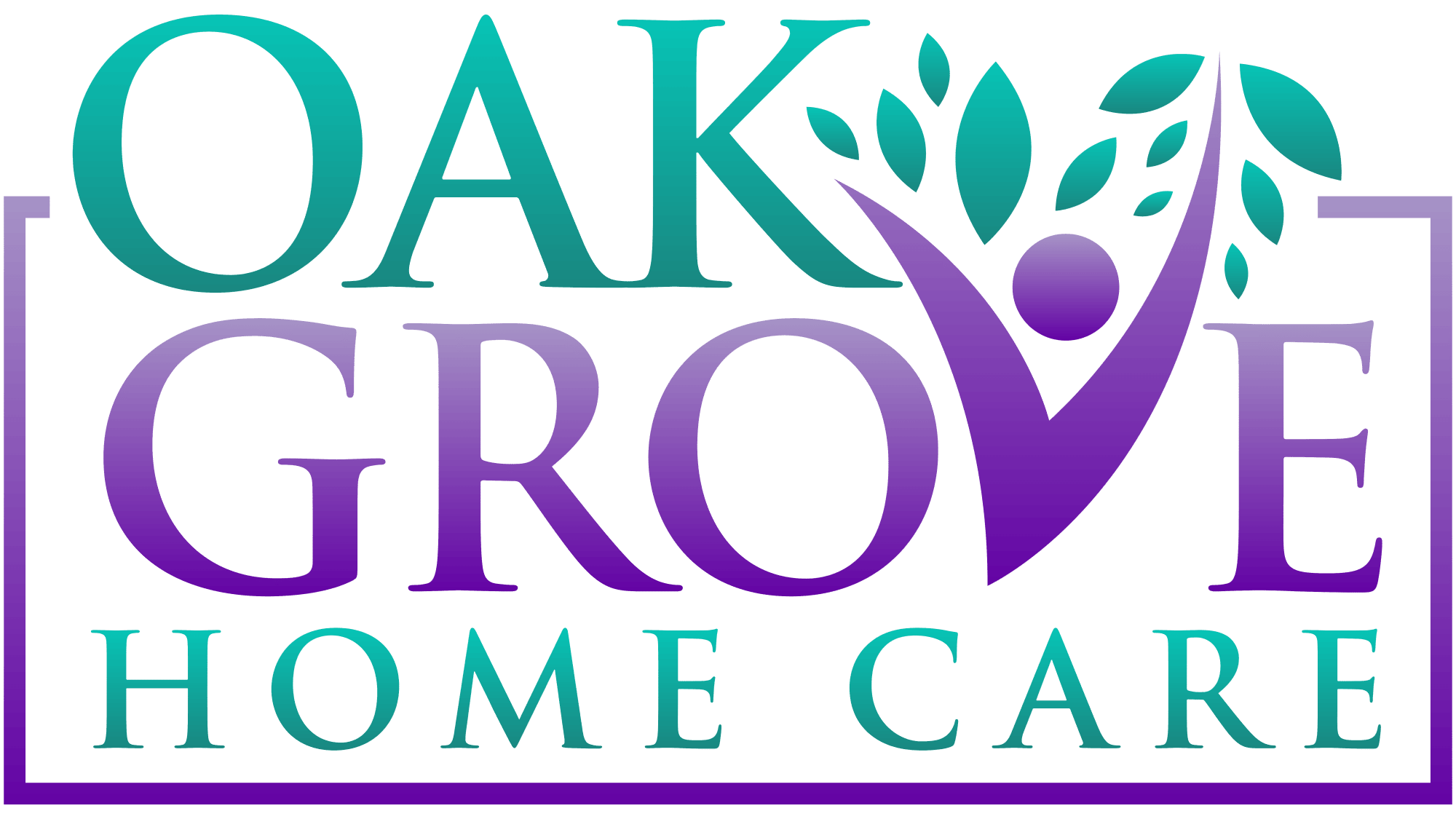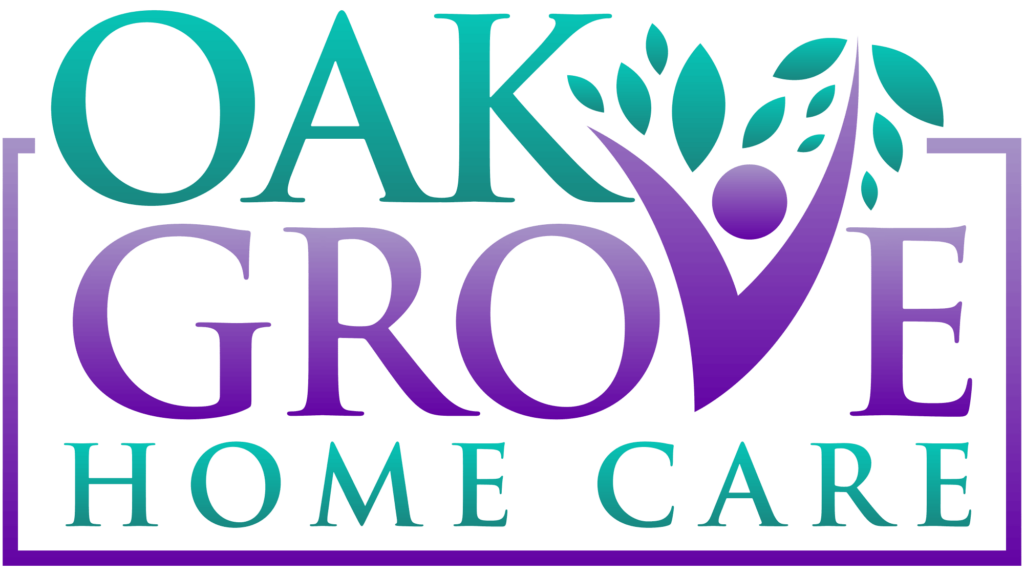Technology is transforming the way seniors and families experience home care. From remote health monitoring and medication reminders to AI-powered caregiving tools and smart home devices, innovative solutions are making it easier for older adults to age safely and independently at home. The future of home care isn’t just about human support, it’s about combining compassionate caregiving with advanced technology to improve quality of life, reduce hospital visits, and give families peace of mind. Understanding how technology is shaping home care helps families, caregivers, and healthcare providers prepare for a new era of personalized, connected, and efficient care.
Telehealth: Bridging the Gap in Care Delivery
As the demand for accessible healthcare grows, telehealth emerges as a pivotal tool in closing the gaps in care delivery. You can leverage telehealth accessibility to receive timely, efficient care from the comfort of your home. Data suggests that remote consultations reduce unnecessary hospital visits and improve patient outcomes by 30% on average. This approach is particularly beneficial for those in rural or underserved areas, where healthcare resources are scarce. By utilizing telehealth, you’re not just saving time; you’re also enhancing your engagement with healthcare providers. Research indicates that 67% of patients feel more involved in their care through virtual appointments. As telehealth continues to evolve, it’s clear that it plays a critical role in transforming home care delivery.
Smart Home Devices for Health Monitoring
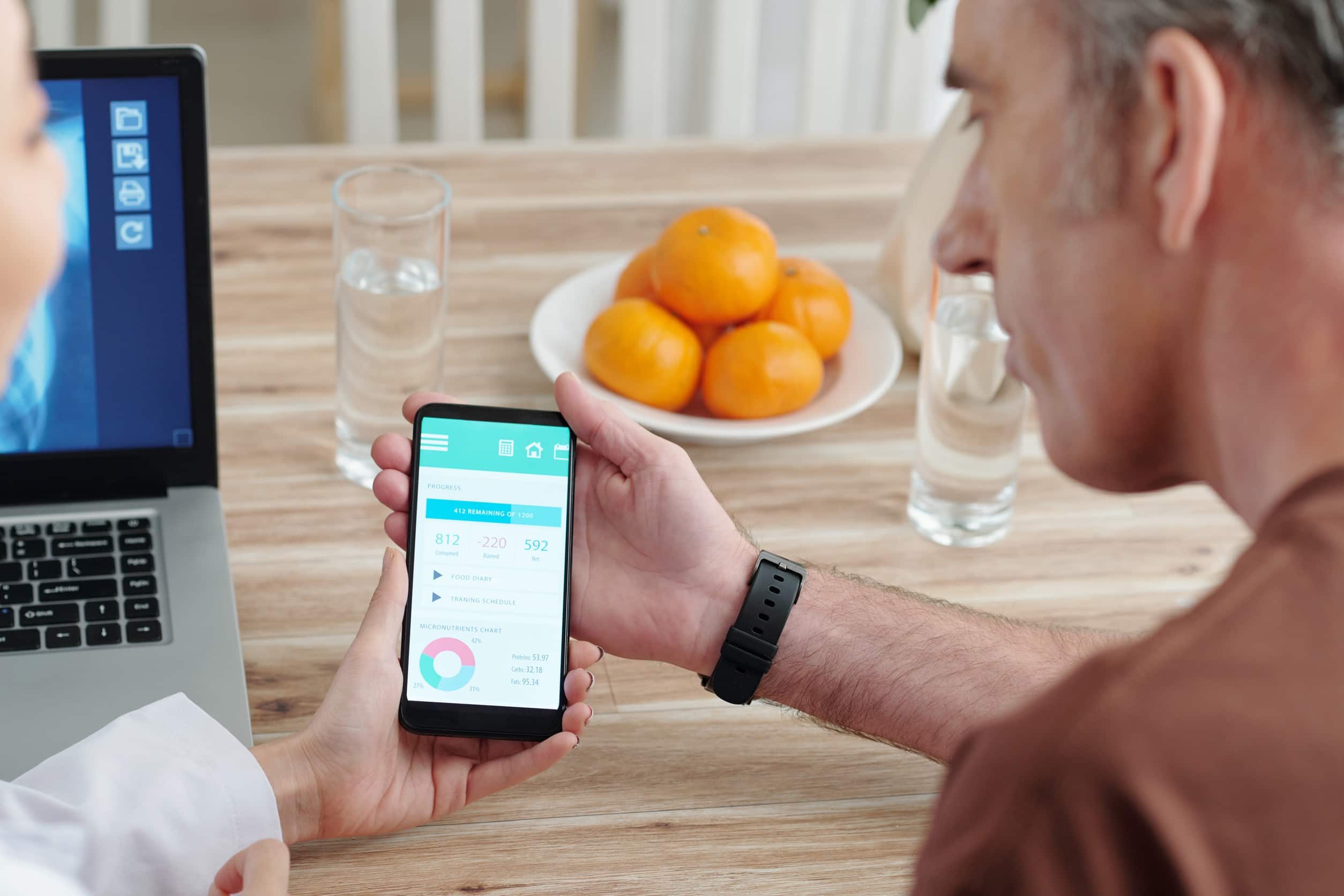
You’re likely aware that smart home devices are revolutionizing health monitoring by integrating wearable health trackers, remote patient monitoring, and automated medication reminders into daily life. These technologies not only provide real-time data but also enhance patient outcomes by reducing hospital readmissions by up to 20%. By leveraging these innovations, you can actively engage in your health management, ultimately leading to improved quality of life.
Wearable Health Trackers
In an era where technology becomes an integral part of daily life, wearable health trackers stand out as pivotal smart home devices for health monitoring. They offer more than just fitness motivation; they provide thorough health analytics that inform your wellness journey. By tracking metrics like heart rate, sleep patterns, and physical activity, these devices give you insights into your health trends, enabling proactive management of your lifestyle.
Data reveals that users of wearable trackers often experience increased physical activity levels, leading to improved overall health outcomes. They empower you by transforming raw data into actionable insights, allowing you to set realistic goals and track progress effectively. These wearables not only enhance your understanding of personal health but also foster a more engaged approach to daily well-being.
Remote Patient Monitoring
Remote patient monitoring represents a transformative leap in smart home health technology, enabling real-time health data collection and analysis without the need for frequent in-person visits. You can now leverage health data integration to gain an all-encompassing view of your well-being, enhancing both patient care and decision-making. These devices foster patient engagement strategies by empowering you to take an active role in your health management, resulting in better outcomes.
- Continuous Monitoring: Smart devices track essential signs like heart rate and blood pressure 24/7, providing a continuous stream of data.
- Early Detection: Real-time alerts enable early intervention by notifying healthcare providers of any concerning changes.
- Data-Driven Insights: Integration of health data offers customized insights, helping you and your healthcare team make informed choices.
Automated Medication Reminders
Although medication adherence remains a significant challenge in healthcare, automated medication reminders offer a promising solution by leveraging smart home technology to enhance compliance. By integrating these devices into daily routines, you’re more likely to remember and take your medications on time. Data shows that medication adherence rates increase by up to 20% with automated reminders. These devices foster patient engagement by providing timely alerts and tracking medication intake, which can be shared with healthcare providers for better management. You gain the peace of mind knowing you’re staying on track with your treatment plan. Additionally, enhanced patient engagement through smart home devices contributes to improved health outcomes and reduced hospitalizations. Embracing this technology could transform home care, making it more efficient and effective.
AI and Machine Learning in Personalized Care
You’re witnessing a shift in home care, where AI and machine learning are revolutionizing how we approach personalized care through predictive health monitoring. By analyzing vast amounts of data, these technologies can accurately forecast potential health issues, enabling earlier interventions and reducing hospital visits by up to 30%. Furthermore, personalized care plans are designed to individual needs, ensuring that treatment is both effective and efficient, which enhances patient outcomes.
Predictive Health Monitoring
In the rapidly evolving landscape of home care, predictive health monitoring powered by AI and machine learning is revolutionizing personalized care. By leveraging predictive analytics, you can anticipate health trends before they manifest, enabling proactive interventions. This technology analyzes vast data sets to identify patterns, offering insights into potential health issues.
Consider the following benefits:
- Early Detection: Spotting early signs of illnesses allows for prompt treatment, potentially reducing hospital visits.
- Personalized Alerts: Customized notifications keep you informed about critical health changes, ensuring timely responses.
- Resource Optimization: Efficient allocation of healthcare resources enhances care quality while minimizing costs.
Predictive health monitoring transforms reactive care into a proactive strategy, aligning with modern healthcare goals. Embracing this innovation can greatly impact patient outcomes and caregiver efficiency.
Customized Care Plans
Building on the capabilities of predictive health monitoring, customized care plans emerge as a pivotal component of personalized care. By leveraging AI and machine learning, you can create personalized assessments that analyze your health data in real-time. These technologies identify patterns and trends specific to your needs. Such insights allow you to benefit from customized interventions designed to optimize your health outcomes.
AI-driven systems continuously learn from new data, refining care plans to guarantee they remain relevant and effective. The use of machine learning algorithms enables personalization at an unprecedented scale, enhancing the precision of healthcare delivery. As a result, your care becomes more responsive and adaptive, ensuring the interventions you receive are precisely aligned with your changing health profile.
Virtual Reality for Therapeutic Applications
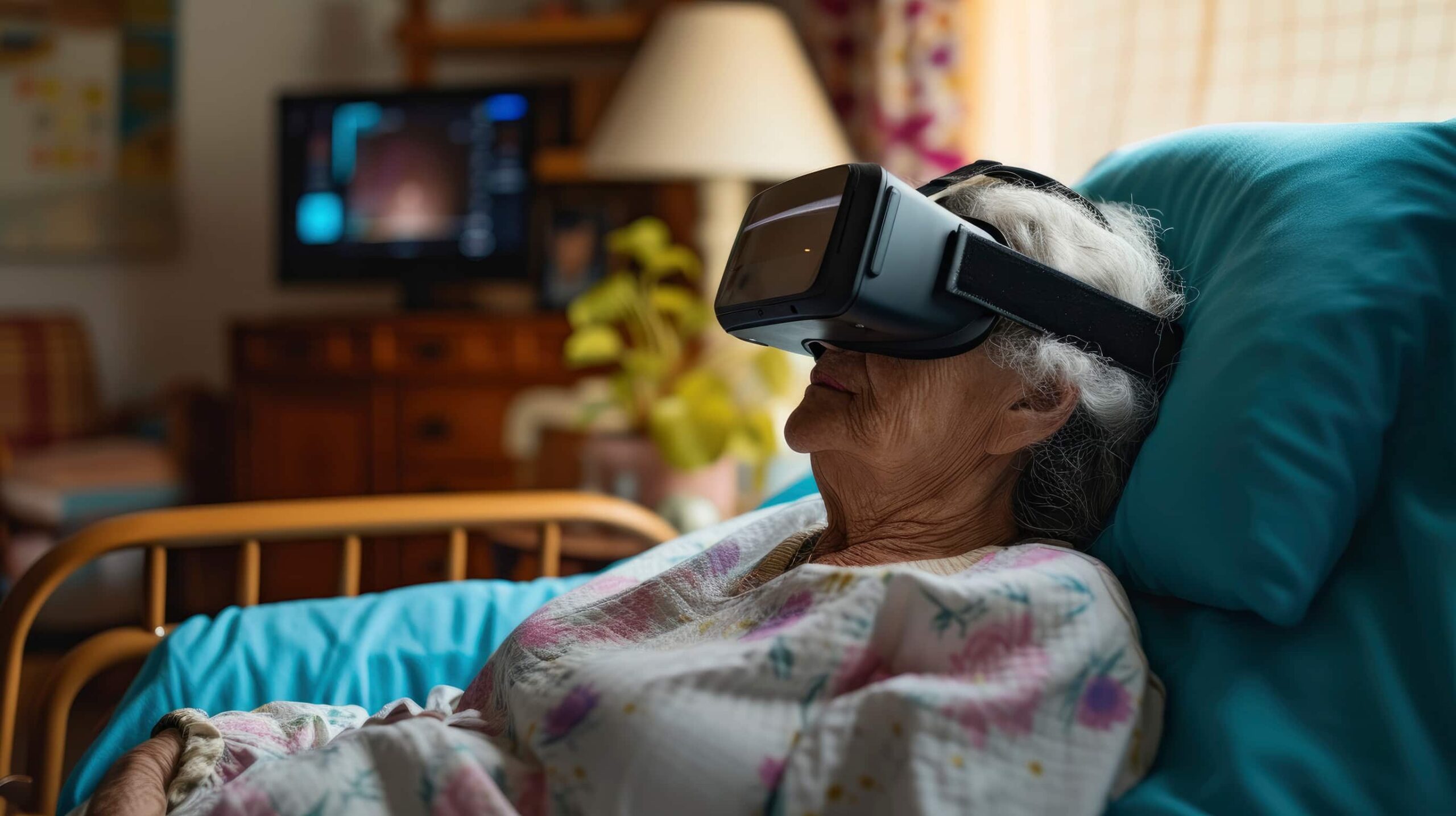
While the integration of virtual reality (VR) into therapeutic applications is still evolving, its potential in home care is increasingly evident. By offering immersive therapy experiences, VR notably boosts patient engagement. Studies show that VR can reduce chronic pain by up to 24%, making it a promising tool for pain management. You’re not just passively observing; you’re actively participating in a controlled, therapeutic environment.
Key benefits of VR in home care:
- Enhanced Engagement: Patients are more involved in their treatment, leading to better outcomes.
- Customized Therapy: Personalized VR experiences address specific needs, improving effectiveness.
- Remote Accessibility: Access therapy sessions from the comfort of your home, reducing the need for travel.
With data supporting its benefits, VR is reshaping home care’s future.
Robotics: Assisting With Daily Living Activities
As technology advances, robotics is revolutionizing how daily living activities are managed at home. You’ll find robotic companions now play a critical role in enhancing independence for individuals needing assistance. These robotic companions are not just futuristic gadgets; they’re practical solutions that offer substantial benefits. Data shows that homes equipped with robotics for daily tasks report a 30% increase in efficiency and a significant reduction in caregiver burden. Assistive devices like robotic arms can perform tasks such as fetching items or aiding in mobility, allowing you to maintain autonomy. Additionally, these devices provide consistent and reliable support, reducing human error. By integrating robotics into your daily routine, you’re not just keeping up with technology; you’re actively improving quality of life.
Wearable Technology for Continuous Health Tracking
Embracing the rise of wearable technology, you’re stepping into a new era of continuous health tracking that offers unprecedented insights into personal well-being. Wearable sensors now collect vast amounts of health data, enabling you to monitor everything from heart rate to sleep patterns. This data-driven approach empowers you to make informed health decisions like never before.
- Real-time Monitoring: Wearable sensors track your essential signs continuously, alerting you to potential issues early.
- Data-Driven Insights: Analyze trends and patterns in your health data to optimize your lifestyle choices.
- Personalized Feedback: Receive customized health advice based on the unique data your wearable device collects.
These innovations not only enhance your understanding of personal health but also play a critical role in proactive health management.
Enhancing Caregiver Communication and Coordination
Building on the wealth of data provided by wearable technology, enhancing caregiver communication and coordination becomes a vital next step in home care. Effective caregiver collaboration relies heavily on advanced communication tools that guarantee everyone stays informed and aligned. Real-time data transmission and centralized communication platforms allow caregivers to make informed decisions faster, improving patient outcomes. You can bridge communication gaps using intuitive apps that streamline updates and alerts.
| Emotion | Impact on Caregivers | Technology Solution |
| Frustration | Delayed response times | Real-time messaging |
| Anxiety | Uncertainty in patient needs | Centralized data access |
| Satisfaction | Improved care outcomes | Seamless collaboration tools |
| Overwhelm | Information overload | Prioritized alerts |
| Confidence | Trust in care decisions | Accurate, timely data |
These tools not only foster collaboration but also enhance the quality of care provided.
Data Security and Privacy in Home Care Technology
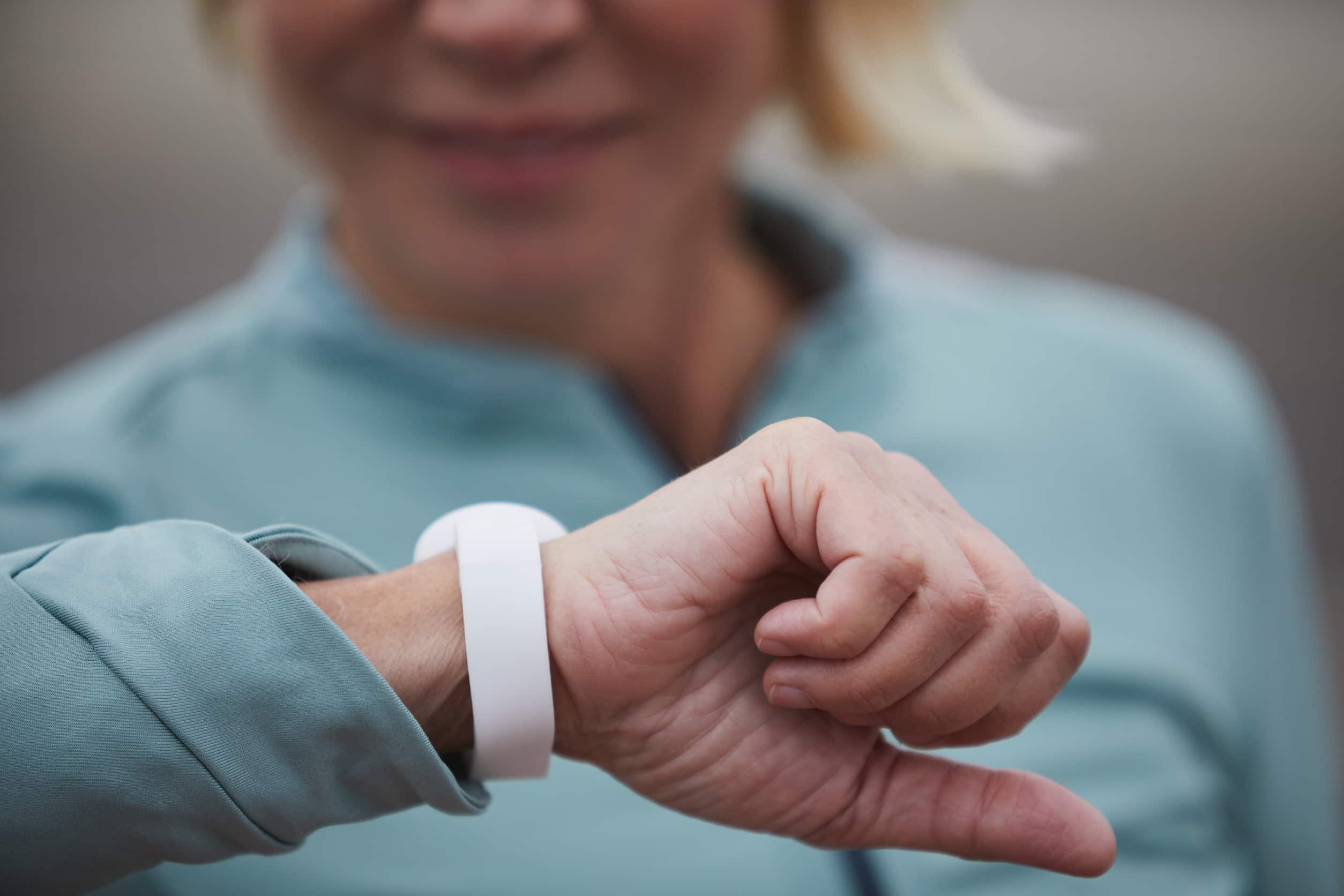
While home care technology offers remarkable benefits, data security and privacy remain critical concerns that can’t be overlooked. It’s vital to guarantee that sensitive patient data is protected against breaches. Data encryption is your first line of defense, transforming information into a secure format that unauthorized users can’t decipher. Additionally, patient consent is essential, ensuring individuals are aware of and agree to how their data is used.
Here are key aspects to focus on:
- Data Encryption: Utilize robust encryption standards to safeguard patient data.
- Patient Consent: Implement clear consent protocols to inform patients about data usage.
- Regular Audits: Conduct periodic security audits to identify vulnerabilities and enhance privacy measures.
Frequently Asked Questions
How Do Technology Costs Impact Access to Home Care Services?
You’re examining how technology costs create affordability barriers. High expenses can widen access disparities, limiting those who can’t afford it. Analyzing data shows that reducing costs could improve equitable access to home care services across diverse populations.
What Regulatory Challenges Exist for Implementing New Home Care Technologies?
You’re facing regulatory challenges like ensuring data privacy and meeting compliance standards. Maneuvering through these can be complex, requiring thorough understanding of legal frameworks and constant updates to your systems to protect sensitive information while adhering to regulations.
How Are Home Care Professionals Trained to Use Advanced Technology?
You’re equipped through virtual training sessions that focus on technology adoption. This approach guarantees you gain hands-on experience, boosting your skills and confidence. Data shows that professionals who undergo such training adapt 30% faster to new technologies.
What Are Potential Ethical Concerns in Home Care Technology?
You face potential ethical concerns with home care technology, including privacy issues and consent challenges. It’s essential to guarantee data protection and transparency in obtaining consent to maintain trust and safeguard patients’ personal information effectively.
How Do Technological Advancements Affect the Emotional Well-Being of Patients?
You’ll find that technological advancements like virtual companionship can boost emotional well-being by reducing loneliness. However, emotional surveillance might raise privacy concerns, potentially causing stress if patients feel constantly monitored without their explicit consent.
Conclusion
By embracing technology, you’ll transform home care into a more connected, efficient environment. Telehealth bridges care gaps, while smart devices and wearables guarantee continuous health monitoring. AI and machine learning offer data-driven insights for personalized care, and robotics assist with daily tasks. Virtual reality enhances therapy, and improved communication tools boost caregiver coordination. However, it’s essential to prioritize data security and privacy. With these advancements, you’re paving the way for superior patient outcomes and enhanced quality of life.
Oak Grove Home Care can help you navigate these advancements and provide exceptional care.
